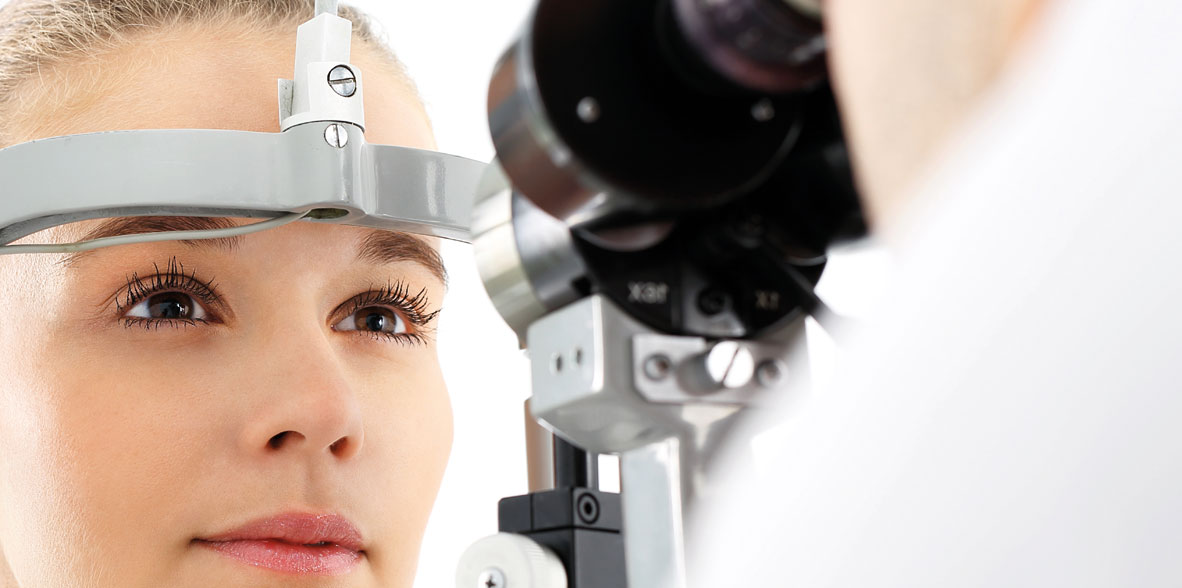

 Centro Médico Teknonen/health-centers/centro-medico-teknon
Centro Médico Teknonen/health-centers/centro-medico-teknon- Centro Médico Teknonen/health-centers/centro-medico-teknon
 Centro Médico Teknonen/health-centers/centro-medico-teknon
Centro Médico Teknonen/health-centers/centro-medico-teknon
A cataract is the loss of transparency in the crystalline lens, the intraocular lens entrusted with the task of providing focus on objects situated at different distances from us. There are various reasons why the crystalline lens becomes opaque, but the most habitual one is that the proteins in the lens grow old, paving the way for them to become less transparent.
- Surgical procedure
Cataracts, depending on how dense they are, can cause vision to become blurred, make colours seem less vivid, lead to nocturnal glares and hamper reading even though in the early stages of their development, people with cataracts will find they can read without glasses and that they cannot see well at night, etc.
Once a person has been diagnosed as having cataracts, surgery is their only option. Present surgical methods make it ill-advised to wait until the cataracts have matured; the patients should file for an operation the minute they notice their sight is defective or that the cataracts are preventing them from going about their day-to-day business (driving, reading, watching TV, etc.)
Prior to the surgery, an analysis is undertaken and series of tests conducted (electrocardiogram, radiographies, etc) to determine the general state of the person's eyes. This study is required by the anaesthetist to decide which type of anaesthetic will be necessary.
The treatment itself is performed by making an incision of approximately 3mm in the eye to extract the opaque lens. The cataract is emulsified and removed. An artificial IOL is then inserted in its place which unfolds within the eye and re-instils the transparency lost. This technique is called phacoemulsification and is the most advanced form of surgery for treating cataracts. The need for stitching is avoided, which means sight can rapidly be re-gained.More often than not, anaesthetic drops (topical anaesthesia) can be used for the anaesthetic, together with a light sedative to minimise possible anxiety. Throughout the entire operation an anaesthetist will be present to take care of this.
- Multifocal intraocular lenses
These are the latest IOLs and permit most people to enjoy decent vision from close-up and from afar. They can therefore forget about using their glasses all the time or, if not all of it, then a large part of it.
These types of lens can be implied in all circumstances regarding cataracts or when one has had enough of wearing glasses, unless the person's eyes suffer some other defect which makes them an unsuitable solution. Implantation of such a lens is especially useful in the case of progressive lenses and the number of diopters is high. Phacoemulsification is the method used for the implantation of multifocal lenses.



































